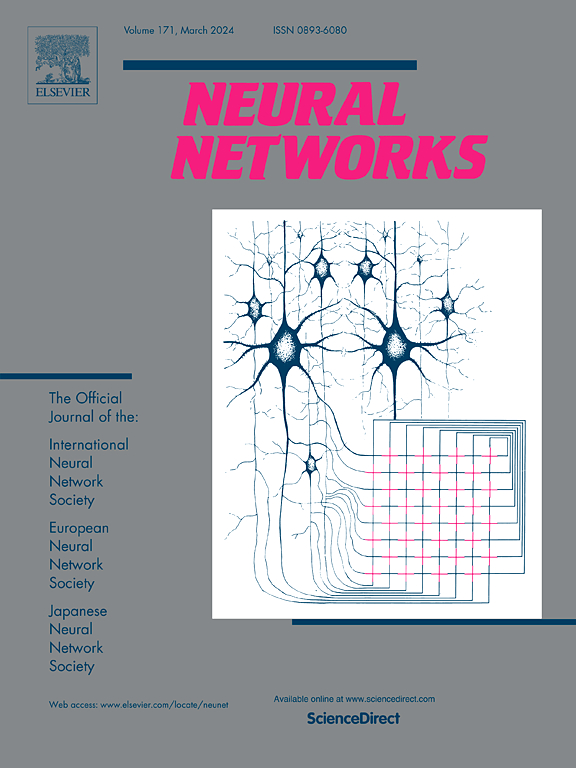Two-step graph propagation for incomplete multi-view clustering
IF 6
1区 计算机科学
Q1 COMPUTER SCIENCE, ARTIFICIAL INTELLIGENCE
引用次数: 0
Abstract
Incomplete multi-view clustering addresses scenarios where data completeness cannot be guaranteed, diverging from traditional methods that assume fully observed features. Existing approaches often overlook high-order correlations present in multiple similarity graphs, and suffer from inefficiencies due to iterative optimization procedures. To overcome these limitations, we propose a graph-based model leveraging graph propagation to effectively handle incomplete data. The proposed method translates incomplete instances into incomplete graphs, and infers missing entries through a graph propagation strategy, ensuring the inferred data is meaningful and contextually relevant. Specifically, a self-guided graph is constructed to capture global relationships, while partial graphs represent view-specific similarities. The self-guided graph is first completed through self-guided graph propagation, which subsequently aids in the propagation of the partial graphs. The key contribution of graph propagation is to propagate information from complete data to incomplete data. Furthermore, the high-order correlation across multiple views is captured by low-rank tensor learning. To enhance computational efficiency, the optimization procedure is decoupled and implemented in a stepwise manner, eliminating the need for iterative updates. Extensive experiments validate the robustness of the proposed method, demonstrating superior performance compared to state-of-the-art methods, even when all instances are incomplete.
不完全多视图聚类的两步图传播
不完全多视图聚类解决了无法保证数据完整性的场景,与传统方法假设完全观察到的特征不同。现有的方法往往忽略了多个相似图中存在的高阶相关性,并且由于迭代优化过程而导致效率低下。为了克服这些限制,我们提出了一个基于图的模型,利用图传播来有效地处理不完整的数据。该方法将不完整的实例转换为不完整的图,并通过图传播策略推断出缺失的条目,确保推断出的数据是有意义的和上下文相关的。具体来说,构建自引导图来捕获全局关系,而部分图表示特定于视图的相似性。自导图首先通过自导图传播完成,然后辅助部分图的传播。图传播的关键贡献是将信息从完整数据传播到不完整数据。此外,通过低秩张量学习捕获多个视图之间的高阶相关性。为了提高计算效率,优化过程解耦并逐步实现,消除了迭代更新的需要。大量的实验验证了所提出方法的鲁棒性,即使在所有实例都不完整的情况下,与最先进的方法相比,也显示出优越的性能。
本文章由计算机程序翻译,如有差异,请以英文原文为准。
求助全文
约1分钟内获得全文
求助全文
来源期刊

Neural Networks
工程技术-计算机:人工智能
CiteScore
13.90
自引率
7.70%
发文量
425
审稿时长
67 days
期刊介绍:
Neural Networks is a platform that aims to foster an international community of scholars and practitioners interested in neural networks, deep learning, and other approaches to artificial intelligence and machine learning. Our journal invites submissions covering various aspects of neural networks research, from computational neuroscience and cognitive modeling to mathematical analyses and engineering applications. By providing a forum for interdisciplinary discussions between biology and technology, we aim to encourage the development of biologically-inspired artificial intelligence.
 求助内容:
求助内容: 应助结果提醒方式:
应助结果提醒方式:


